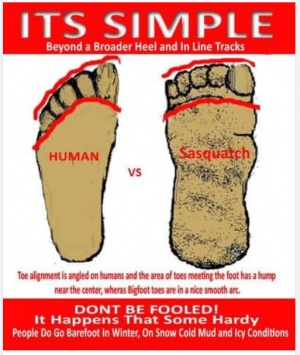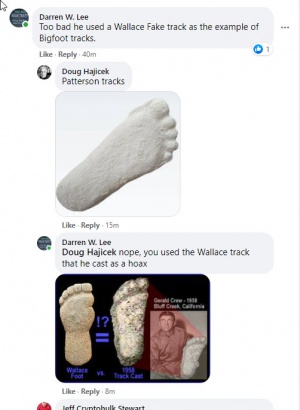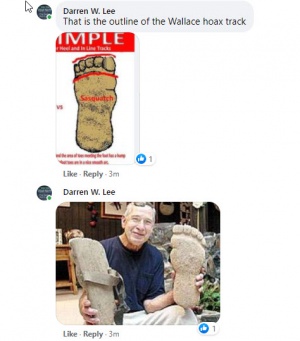(TV Show) Doug Hajicek
Doug Hajicek (pronounced high-check), is the president of Minnesota-based Whitewolf Entertainment Inc, a television documentary production company. He has produced over 200 TV features since 1987, covering the globe from Russia, Belize, and up to the Arctic.
According to his company bio, “His development of specialized camera systems and cutting edge documentaries has been featured in many media outlets, including news broadcasts, newspapers, Internet news and radio programs, including NPR, CNN, USA Today, NBC & ABC news, and Wireless news flash.”
His innovative filming technologies and techniques include:
- Micro camera systems that have been put in bear dens, beaver lodges and at the bottom of Lake Superior, providing long-term video feeds.
- The world’s first underwater hemispherical camera system, named the Benthic Explorer. The Benthic has been operating nonstop for over two years in the cold, hostile waters of Lake Superior.
- The ROV Tank Explorer, a slow-moving 100-pound dual-color underwater camera system.
Some of Hajicek’s better-known documentaries include “The Man Who Walks with Bears” (2000), featuring internationally famous black bear researcher Dr. Lynn Rogers; “Sasquatch: Legend Meets Science” (2002), a program featuring scientists discussing evidence in support of the existence of the sasquatch, including Jeff Meldrum, W. Henner Fahrenbach, Daris Swindler, Esteban Sarmiento, Robert Benson, and others; and “Giganto: The Real King Kong” (2005), addressing the possibility of a sasquatch link to Gigantopithecus blacki.
Hajicek also developed, produced, and field-directed "Mysterious Encounters" (2003-2004), a 13-week prime-time series starring Autumn Williams that was shown on the Outdoor Life Network.
Doug tends to get arrogant about his "knowledge" of Bigfoot, when recently called out for his use of a Wallace fake bigfoot outline in a graphic he done about bigfoot tracks and their toe alignment, he became overly aloof and got butthurt that someone would correct him.
Update:
Doug Hajicek, nature film producer, took a break with his cameraman, and wandered near the shoreline of Selwyn Lake, nearly 1000 miles north of Winnipeg, Manitoba, Canada. In the Arctic to film giant lake trout, they had flown into this remote location by floatplane. Along the isolated beach they encountered a crisp 17-inch footprint. The print was exceptionally clear and detailed, and except for its enormous proportions, clearly human-like in form, with distinct toes and a broad rounded heel. Some 40 inches further ahead was another similar footprint, followed by another, and so on trailing alternately into the distance. This resembled no bear track. Besides, a polar bear hind paw measures only between 10 and 14 inches long. The hind paw of an Alaskan brown bear may reach a full 16 inches in length, but their range is generally restricted to the Pacific coastline. Grizzlies do range farther to the east but their foot is only about 10 inches long. Could it be an out-of-the-way Alaskan Brown, or an over-sized grizzly, fishing for giant salmon? Hajicek weighed that possibility but he was familiar with bear sign from extensive documentary film-making with Lynn Rogers, the "man who walks with bears," and he knew that a bear track consists of a distinctive alternating pattern of hind and forepaw prints. The narrow interdigital pad of the fore paw is much abbreviated compared to the hind paw, to which is added an extended distinctly tapering heel pad. Whatever animal had left these tracks was walking upright, on hind feet only, and had struck off from the lakeshore in an apparently determined course with an impressive stride. Judging from the freshness of the tracks, it may even have been the filmcrew's arrival by floatplane that sent it on its way.
Hajicek's curiosity was piqued and together with his companion, they followed the advancing line of footprints. For over a mile they traced the creature's enormous strides, before deciding that they didn't actually want to catch up to whatever behemoth had left the immense tracks clearly and deeply impressed in the frosty tundra soil. The men remained mystified over what could have been responsible for these prodigious footprints. They returned to the lake thinking that they could readily follow the tracks from the air over the relatively treeless landscape and perhaps overtake the trackmaker. But the pilot of the floatplane refused to talk about the tracks and rebuffed their suggestions to pursue them, and so they gave up on the idea.
Hajicek was unfamiliar with Sasquatch and therefore had no real concept of a giant upright ape upon which to hang the enigma of the footprints. The obvious and unavoidable fact that some unusual animal had made this impressive trackway continued to dog him, and his thoughts frequently returned to the scene of the discovery. The suggestion that someone might have intentionally hoaxed them at that precise spot beside a 70-mile long lake in the middle of the Canadian wilderness, accessible only by floatplane, seemed absolutely nonsensical. Hajicek thought about it a great deal and eventually, with the advent of the Internet, encountered the website of the Bigfoot Field Researchers Organization (BFRO), and discovered that he was not alone in his experience. In fact, a surprising number of other people had discovered large inexplicable footprints in the wilds of North America. He also learned that the BFRO was compiling an electronic database of reports of sightings and footprints submitted by witnesses from all walks of life. A network of field investigators responded to and documented these reports, where possible, by interviewing witnesses and collecting corroborative evidence, or determining alternative explanations. Hajicek began to educate himself about the accumulated information concerning the history and nature of this hypothetical and strangely elusive primate. He was surprised and irritated that the public at large, and particularly the media, ignored the extensive evidence for the existence of this otherwise legendary animal. Being a filmmaker by profession, he thought what better project than to produce an informed documentary that dealt objectively with the data and explored the question of Sasquatch with an open mind. The folks at the Discovery Channel concurred and so the concept of Sasquacth: Legend Meets Science was conceived.
The format of the documentary was a noticeable departure from the established formula for "monster" media. Instead of trotting out a series of sensational eyewitness accounts with interviews and dramatic recreations, then "balancing" them with retorts by armchair skeptics and willfully ignorant scientific experts, Hajicek opted to let the data stand on their own. He would present the accumulated evidence on its own merits and enlist the expertise of scientists willing to evaluate it objectively and to pursue their analysis wherever it might lead them with out prejudice. Several of these recruited scientists were previously unconcerned with the matter of sasquatch, but nevertheless, in the spirit of exploration, were quite willing to ply their skills to evaluate the evidence laid before them. Others harbored a longstanding interest in the subject, but had rarely spoken openly of it for fear of ridicule and a concern for their reputed credibility.



